Learn to sketch not only from the boring plaster, but also from the cute little objects around you! Don't think it's hard to sketch, but if you study this book and practice, you'll be able to sketch easily! This book is divided into 7 parts, from the most basic sketching knowledge, to the way to draw all kinds of lovely small objects in life, such as cute dolls, cute accessories, beautiful plants ...... book with rich detailed step-by-step for you to explain one by one. In addition, the book also highlights the key points and difficulties that you need to understand and master in the process of drawing. You may not have any basic sketching skills, but if you pick up a brush, you can learn the skills of pencil sketching from easy to deep in this book. This book is not only suitable for no basic sketching enthusiasts, but also for readers with basic knowledge.
Part 1 Introduction to Sketching Tools
The choice of tool depends on the artistic effect the artist wants to achieve.
Generally speaking, dry brushes are suitable for outlining clear lines; water brushes for flat surfaces. Delicate strokes can be outlined with a pencil, while broad fields can be wielded with a brush. Charcoal pencils can be used for both. The correct choice of tools is the first condition to complete a good work, and different works need different language of tools to express, in order to reflect the effect of the picture, the work can be more perfect.
1.1 Drawing tools
Drawing tools include pencils, erasers, hobby knives, etc. There are also other aids such as drawing clips, pins, tape, etc.
Since there are differences in the thickness, texture, and color of the paper, there are many options for paper purchases.
1.2 Understanding pencils
Pencil is the easiest and most convenient tool to use, and beginners often start to practice drawing with pencil. The reason is that pencil can be modified more freely in the modeling of lines, and it can be used to carve out the details in greater depth and detail, which is conducive to strict form requirements and in-depth and repeated research. Types of pencils

H Hard pencil with lighter coloring.


HB is slightly softer than "H" pencils.


2B Commonly used pencil, often used for starting drawings.


4B Moderate color for mid-tone.


6B Darker color, usually used for darker portrayals.


The 8B refill has strong coloring and thicker lines.


Flat-tipped pencil Wide flat lead core with wide coloring surface.

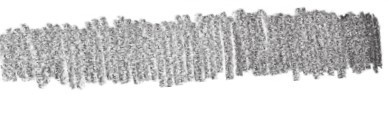
Drawing Charcoal Pencil Soft lead and easy to color.

1.3 Use of different types of pencils
Since different types of pencils draw lines in different shades of color, it is possible to change different types of pencils when drawing different shades of color to achieve perfect drawing results.

1.3 Use of different types of pencils
Since different types of pencils draw lines in different shades of color, it is possible to change different types of pencils when drawing different shades of color to achieve perfect drawing results.
Variation in lead color for different models  How to use different models
How to use different models 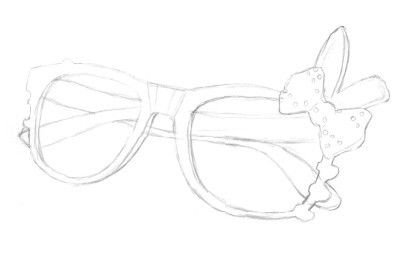 Drafting Model
Drafting Model 
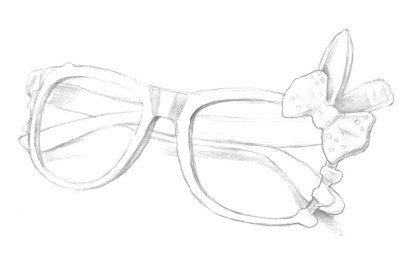 Distinguish between light and dark use models
Distinguish between light and dark use models 
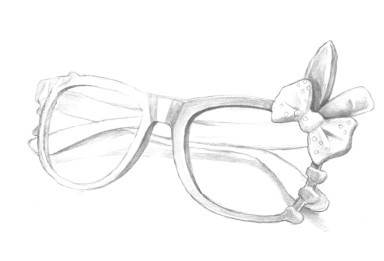 Inherent color engraving using models
Inherent color engraving using models 
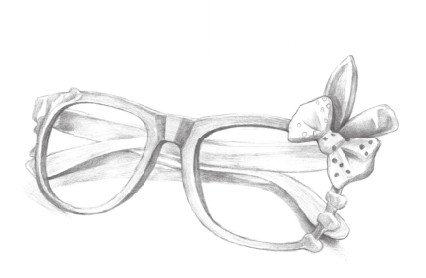 In-depth shaping of usage models
In-depth shaping of usage models 
1.4 How to pencil
Sketching generally does not use the usual method of holding the pencil as you would write, but instead uses a horizontal grip with the pencil placed under the palm. By using the bowl force and elbow force, the lines drawn are straight and smooth, and the lines drawn in this way also appear extraordinarily strong. In drawing, it is often necessary to change the strength of the strokes by holding the pencil in different positions. The higher the pencil is held, the better it is to draw long and light lines, and the lower the pencil is held, the better it is to draw short and deep lines. lit. hold a horizontal pencil and execute it
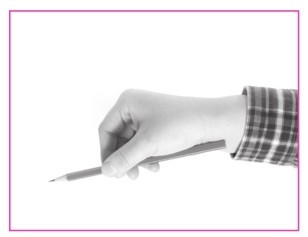

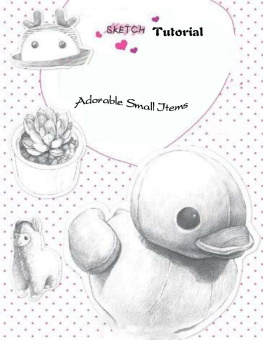
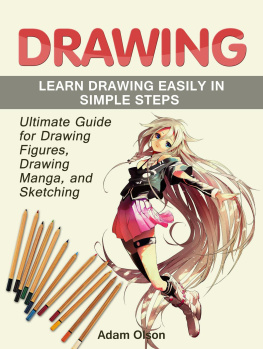


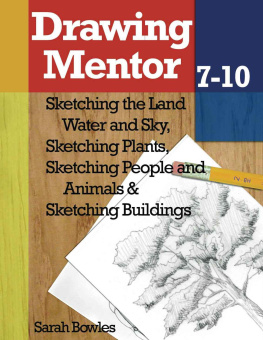
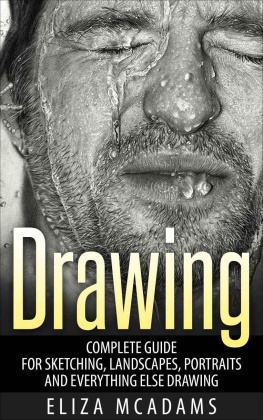
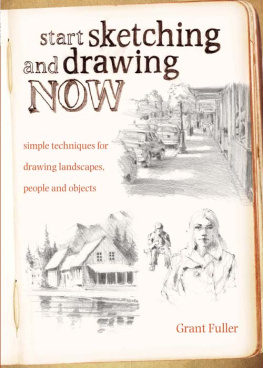

 H Hard pencil with lighter coloring.
H Hard pencil with lighter coloring. 
 HB is slightly softer than "H" pencils.
HB is slightly softer than "H" pencils. 
 2B Commonly used pencil, often used for starting drawings.
2B Commonly used pencil, often used for starting drawings. 
 4B Moderate color for mid-tone.
4B Moderate color for mid-tone. 
 6B Darker color, usually used for darker portrayals.
6B Darker color, usually used for darker portrayals. 
 The 8B refill has strong coloring and thicker lines.
The 8B refill has strong coloring and thicker lines. 
 Flat-tipped pencil Wide flat lead core with wide coloring surface.
Flat-tipped pencil Wide flat lead core with wide coloring surface. 
 Drawing Charcoal Pencil Soft lead and easy to color.
Drawing Charcoal Pencil Soft lead and easy to color. 
 How to use different models
How to use different models  Drafting Model
Drafting Model 
 Distinguish between light and dark use models
Distinguish between light and dark use models 
 Inherent color engraving using models
Inherent color engraving using models 
 In-depth shaping of usage models
In-depth shaping of usage models 
